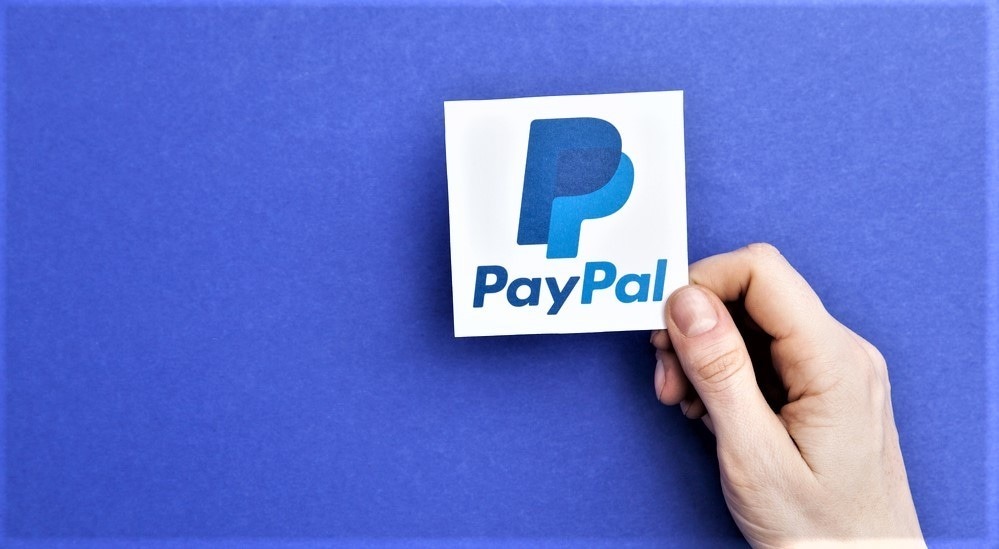If you’ve made a purchase online in the last decade, it’s likely that you’re familiar with PayPal. Even if you’ve never used it yourself, you’ve seen it as a payment option on almost every checkout page on the internet. There are many digital payment apps now that are competing with it, but PayPal is the original.
As with all technology and software, however, being familiar with something doesn’t necessarily mean you know how it works. This article will give a brief overview of the history of PayPal and its main uses. Then it will explain how PayPal works and the tech behind it.
History
PayPal has been around for nearly 25 years, making it one of the oldest digital payment methods. It was founded in 1998 as Confinity. It is wrongly assumed that Elon Musk, the tech entrepreneur helped to develop PayPal. In reality, he was simply part of the company that bought the payment app in its early years.
In the late 1990s and early 2000s, eBay was one of the biggest online retailers in the world. The majority of their transactions were done using PayPal, so it made sense for the digital auction house to buy the app. In 2014, both companies had developed to the point where it made sense for them to separate, and PayPal once again became an independent entity.
Since it was founded, PayPal has worked hard to remain on top of developing tech trends and innovations. They have developed new features such as their peer-to-peer payment platform, increased merchant services and improved fraud protection. The company has also worked to expand into international markets and is now accepted in most countries.
By consistently innovating, PayPal has remained one of the top digital payment methods for over two decades and it shows no sign of losing that position any time soon.

PayPal Uses
PayPal’s first main use, obviously, was to make purchases on eBay. It remains one of the top options for making online purchases, alongside credit/debit cards and newer payment apps such as Venmo or Skrill. PayPal is also one of the most popular payment options for making payments at online casinos or sportsbooks. It can also be used to send money between individuals.
Digital payment apps that are linked to mobile phone providers serve as serious competition for PayPal. Apple Pay fo the iPhone and Google Pay or Samsung Pay for Android phones are very popular. The main issue though is that they can’t generally be used across platforms, unlike PayPal.
How does PayPal work?
PayPal is a financial transaction service that allows users to make payments to merchants or to other individuals. Users can either deposit funds into their PayPal account and use those for purchases or they can link a bank account and use those funds through PayPal.
PayPal is free to use and doesn’t have many requirements for opening an account. This makes it accessible to people who might not have access to more traditional banking methods. By charging a fee on certain transactions or to withdraw funds in certain circumstances, PayPal is able to remain profitable.
PayPal essentially works as an intermediary. It allows individual users, merchants and financial institutions to communicate and send money in a seamless manner. By being a large scale, independent company, it is able to work with clients all over the world and connect them to one another without the hassle that usually accompanies international transactions.
What makes PayPal work?
The technology behind PayPal is divided into two main subsections: the forward facing and the backend. The forward facing is what the user sees and is coded for browsers with HTML and CSS. The backend, which is the coding that makes everything work but that is unreadable for the average person, is done using JavaScript.
Currently, the runtime environment used by PayPal is called Node.js. This has replaced most of the other front and backend platforms and is what allows for PayPal’s smooth and efficient operation across multiple formats.
One of the main reasons that PayPal is able to function as well as it does is their commitment to security. Using the most advanced software to defend against hackers and protect their customers ensures that PayPal remains trusted.
Now that we are seeing Amazon rolling out payment technology that scans your palm to verify your payment, PayPal’s technology almost seems quaint. As we move towards worryingly invasive tech developments, we should appreciate PayPal and its effective simplicity.